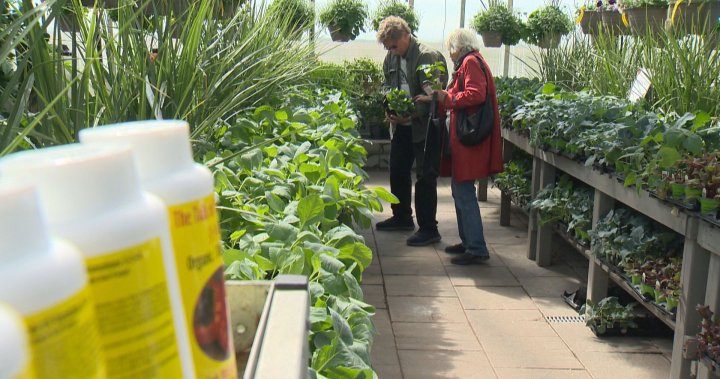The soil crumbles between fingers as seeds nestle into carefully prepared garden beds across Canadian backyards. What might appear as a simple weekend hobby has transformed into something far more significant: a nationwide response to economic pressure. As grocery bills continue their relentless climb in 2024, Canadians are increasingly turning to home gardening not just for pleasure, but necessity.
The numbers tell a compelling story. Garden centers report seed sales up nearly 40% compared to pre-pandemic levels, while community garden waitlists in urban centers like Toronto and Vancouver stretch into the hundreds. This isn’t merely a pandemic-era habit that stuck—it’s a deliberate lifestyle shift adapting to our economic reality.
“I started with just tomatoes and herbs three years ago,” explains Montrealer Sophie Tremblay, who now grows enough produce to offset roughly 30% of her family’s summer vegetable expenses. “Now I’ve expanded to a full vegetable garden. When I see zucchini at $4.99 each at the grocery store, I feel pretty good about my dozen plants producing enough to share with neighbors.”
The economics are increasingly difficult to ignore. Food prices in Canada have outpaced general inflation for 18 consecutive months, with fresh produce often leading these increases. A family of four now spends approximately $1,400 more annually on groceries than in 2021. Against this backdrop, the $50-100 investment in seeds and basic supplies can yield hundreds in grocery savings through summer and fall.
What distinguishes the current gardening surge from previous trends is its cross-demographic appeal. No longer the exclusive domain of retirees or rural residents, today’s gardening movement bridges generational and urban-rural divides. Millennials represent the fastest-growing segment of new gardeners, many cultivating impressive harvests in limited apartment balcony spaces.
Digital communities have accelerated this growth, with Canadian gardening groups on platforms like TikTok and Instagram boasting hundreds of thousands of followers. The hashtag #CanadianGardening has accumulated over 12 million views as gardeners share everything from seed-starting techniques to harvest results and preservation methods.
This knowledge-sharing addresses one of home gardening’s traditional barriers: our challenging northern climate. “Canadians have always had to be innovative gardeners,” notes Marcus Wong, horticulturist and urban farming advocate in Vancouver. “We’re seeing incredible creativity now—from season extension techniques to smart companion planting that maximizes yield in small spaces.”
Some critics might dismiss home gardening as an insignificant response to serious economic challenges. After all, most backyards won’t replace the supermarket entirely. However, this perspective misses the movement’s deeper significance as both practical action and psychological counter to feelings of economic helplessness.
Beyond financial motivations, today’s gardening trend reflects broader cultural shifts. Environmental concerns, food security awareness, and post-pandemic desires for self-sufficiency all converge in the garden plot. Many Canadians report mental health benefits as significant as the economic ones, finding stress relief and satisfaction in nurturing plants from seed to harvest.
Municipalities have begun responding to this groundswell with expanded community garden programs and modified bylaws. Calgary recently revised regulations to permit front-yard vegetable gardens, while Montreal has committed to adding 30 new community garden locations by 2026. These institutional changes suggest the trend has deeper roots than a temporary response to inflation.
Food security experts cautiously welcome the gardening boom while noting it cannot replace systemic solutions to food affordability. “Home and community gardens represent one important piece of a complex food security puzzle,” explains Dr. Amina Khouri of the Canadian Food Security Network. “They build resilience at the household level while creating important connections to our food systems.”
As summer approaches, seed packets and seedlings continue flying off shelves across the country. Whether motivated primarily by budget concerns, environmental values, or the simple pleasure of growing food, Canadians are digging in. In these uncertain economic times, perhaps there’s something profoundly reassuring about planting seeds and watching them grow—a small act of creation and self-reliance amid forces that often feel beyond our control.
What remains to be seen is whether this gardening renaissance will translate into longer-term food system changes or remain primarily a personal response to challenging times. Either way, as we carefully tend our tomatoes and beans through the coming months, something more than vegetables is clearly growing in Canadian soil.
For more on evolving Canadian cultural trends, visit CO24 Culture or explore similar societal shifts in our CO24 Trends section.










